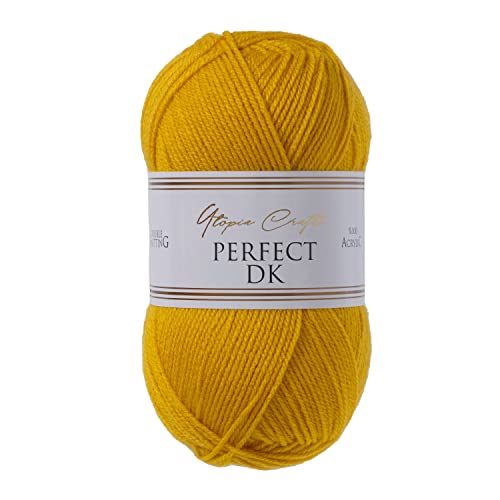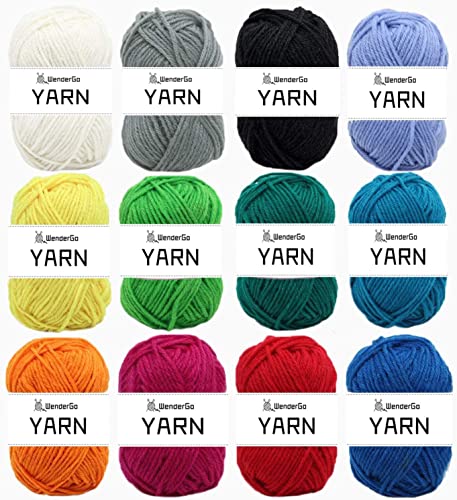Understanding Yarn Yardage
Calculating how much yarn you need for a project can be a daunting task, especially if you are new to knitting or crochet. It is crucial to have an accurate estimate to avoid running out of yarn or ending up with excess leftovers. To determine how much yarn you need, you will need to consider the weight of the yarn, the pattern you are using, and the size of the project. Here is a step-by-step guide to help you calculate the amount of yarn required for your next knitting or crochet project.
Step 1: Determine the Weight of Yarn
The first step in calculating the amount of yarn you need is to determine the weight of the yarn specified in the pattern. Yarn weight is categorized into different types, such as lace, fingering, sport, worsted, and bulky. This information can usually be found on the yarn label or in the pattern instructions. Different yarn weights require different amounts of yarn for a given project, so make sure you are using the correct weight specified in your pattern.
Step 2: Check the Pattern Requirements
Next, you will need to check the pattern requirements for the size of the project you are making. Some patterns provide specific yarn requirements in terms of yardage, while others may only indicate the number of skeins or balls of yarn needed. If your pattern specifies the yardage, simply move on to step 3. If not, you will need to convert the number of skeins or balls into yardage.
Step 3: Calculate the Yardage
To calculate the yardage required for your project, you will need to determine the average yardage per skein or ball of yarn. This information is typically provided on the yarn label. For example, if each skein contains 200 yards of yarn, and your pattern requires 4 skeins, you would multiply 200 by 4 to get a total of 800 yards. If you are using a different measurement system, such as meters, make sure to convert the measurements accordingly.
Step 4: Consider Additional Factors
While steps 1-3 will give you a basic estimate of the yarn needed for your project, it is important to consider additional factors that may affect the amount of yarn required. For instance, if you plan to make any modifications to the pattern, such as adding extra length or width, you may need more yarn than what is specified. Additionally, if you are using a different yarn weight than what is recommended in the pattern, it may alter the yarn requirements. Keep these factors in mind when calculating your yardage.
Step 5: Purchase Extra Yarn
Lastly, it is always a good idea to purchase a bit more yarn than what is calculated. This will prevent you from running out of yarn in the middle of your project, especially if the particular yarn you are using is discontinued or difficult to find. A general rule of thumb is to buy an extra 10-20% of the calculated yardage to be on the safe side.






